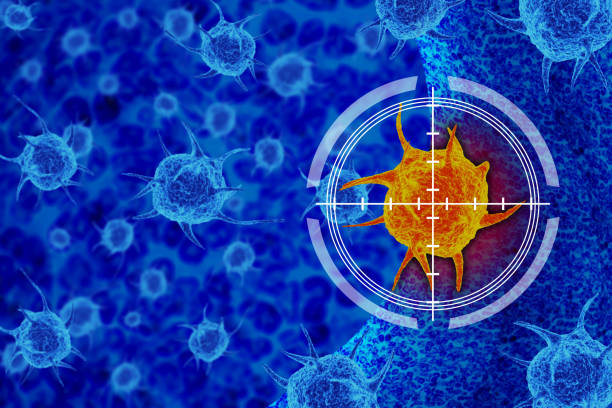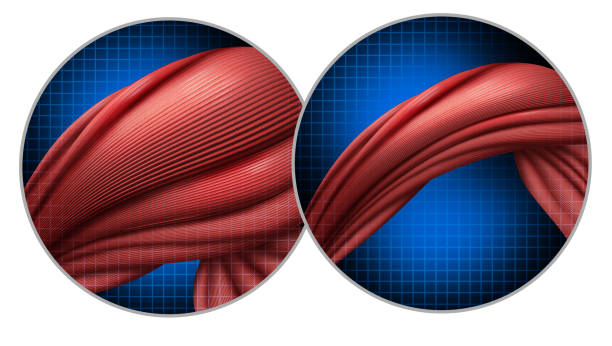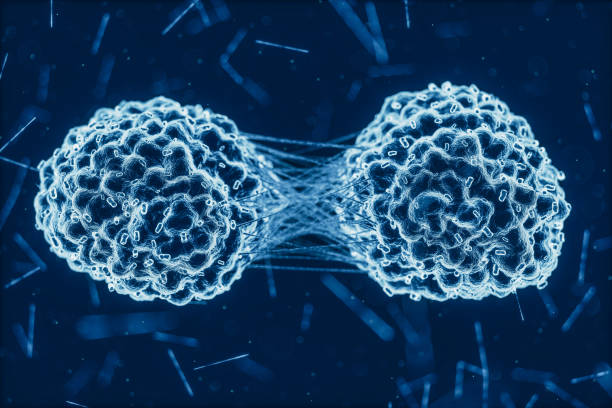Cancer is often compared to a cunning adversary, capable of outsmarting the body’s immune system and making treatment difficult. This ability to avoid detection, known as immune evasion, is a key reason why cancer can be so challenging to cure. Understanding how this process works is crucial in the ongoing battle against cancer.
The Immune System: Our First Line of Defense
Imagine the immune system as the body’s security team, constantly patrolling against invaders like bacteria, viruses, and even abnormal cells that could turn into cancer. This security team includes different types of white blood cells, such as T cells, B cells, and natural killer (NK) cells, functioning as guards, detectives, and soldiers. They work together to spot and destroy anything that doesn’t belong, including early-stage cancer cells.
However, despite being equipped to recognize and attack cancer cells, the immune system can be outsmarted by cancer’s clever tactics. This ability to avoid detection and destruction allows tumors to grow and spread, making immune evasion central to cancer’s survival strategy.
The Immune System’s Role in Cancer Prevention
The immune system’s ability to monitor and eliminate cancer cells is known as cancer immunosurveillance. Different immune cells play specific roles in this process:
- T cells act as the soldiers of the immune system, directly attacking and killing cancer cells.
- NK cells act as the guards, destroying cells that don’t look right, including many cancer cells.
- Dendritic cells serve as messengers, capturing clues (antigens) from cancer cells and alerting T cells to the presence of a threat.
- Macrophages are the cleanup crew, engulfing cancer cells and signaling other immune cells to join the fight.
However, cancer cells have developed sophisticated methods to outsmart this system, using various tricks to hide or block immune responses. This leads us to the various ways cancer cells manage to escape the immune system.
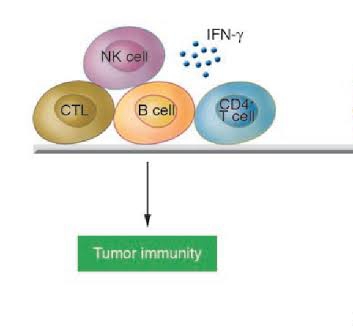
How Cancer Escapes the Immune System
Cancer cells employ several strategies to avoid being detected and destroyed by the immune system:
- Immune Suppression: Silencing the Body’s Defenses
One of the primary ways cancer cells evade the immune system is by creating an environment that supprresses the immune response. Tumors can release chemicals like transforming growth factor-beta (TGF-β), interleukin-10 (IL-10), and vascular endothelial growth factor (VEGF) that inhibit immune cells, making it difficult for the body to fight back. Additionally, cancer cells can recruit special immune cells, like regulatory T cells (Tregs) and myeloid-derived suppressor cells (MDSCs), to suppress the immune response further, allowing the tumor to grow unchecked.
- Immune Escape: Hiding from Detection
For the immune system to recognize and target cancer cells, those cells must present antigens—molecular markers that identify them as abnormal—on their surface. However, cancer cells can alter their appearance to become less recognizable. They might stop expressing certain “ID badges” (like MHC molecules) that would normally alert T cells to attack, or they might mutate the proteins that the immune system typically identifies as threats. This is similar to burglars changing their disguise to avoid detection. Cancer cells can also produce immune checkpoint proteins, like PD-L1, which tell the immune system to back off, effectively putting the brakes on the immune response and allowing the cancer to grow and spread.
An example of this is seen in patients with colorectal cancer, where tumors often downregulate MHC molecules, making it harder for the immune system to recognize and attack them.
- Immune Tolerance: Training the Immune System to Ignore Cancer
Over time, cancer can train the immune system to ignore it, especially if the tumor grows slowly and steadily. This is like a burglar who becomes so familiar to the security system that they are no longer seen as a threat. Chronic exposure to cancer cells can exhaust T cells, reducing their effectiveness in responding to the tumor. Additionally, the persistent presence of cancer can lead to the production of more immune checkpoint proteins, further dampening the immune response and contributing to the development of immune tolerance.
In some patients with chronic lymphocytic leukemia (CLL), the immune system gradually becomes tolerant to the cancer cells, allowing the disease to progress more rapidly.
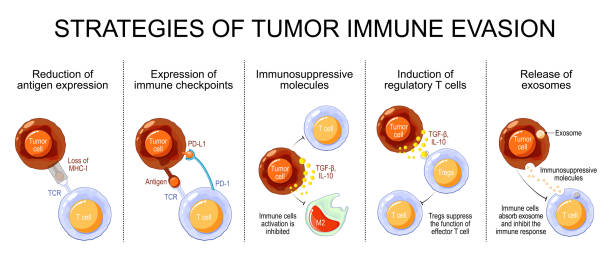
Therapeutic Implications: Fighting Back with Immunotherapy
The discovery of how cancer evades the immune system has led to the development of immunotherapy—a revolutionary approach that seeks to harness the power of the immune system to fight cancer. Immunotherapy aims to overcome the immune evasion mechanisms and restore the body’s ability to recognize and destroy cancer cells.
- Immune Checkpoint Inhibitors: Releasing the Brakes on the Immune System
One of the most significant breakthroughs in cancer treatment has been the development of immune checkpoint inhibitors. These drugs block proteins that cancer cells use to inhibit T cells, such as PD-1/PD-L1 and CTLA-4. By preventing these interactions, checkpoint inhibitors effectively release the brakes on the immune system, allowing T cells to attack cancer cells more effectively.
Checkpoint inhibitors, such as pembrolizumab (Keytruda), nivolumab (Opdivo), and ipilimumab(Yervoy) have shown remarkable success in treating various cancers, including melanoma, lung cancer, and kidney cancer.
- CAR-T Cell Therapy: Engineering Immune Cells to Target Cancer
Chimeric antigen receptor T-cell (CAR-T) therapy is another groundbreaking approach that involves genetically modifying a patient’s T cells to recognize and attack specific cancer cells. In CAR-T therapy, T cells are extracted from the patient, engineered in the lab to express a receptor that targets a specific tumor antigen, and then infused back into the patient’s body.
CAR-T therapy has shown remarkable success in treating certain types of blood cancers, such as acute lymphoblastic leukemia (ALL) and non-Hodgkin lymphoma. However, the therapy is not without challenges, including the potential for severe side effects and the difficulty in applying it to solid tumors.
For instance, a patient undergoing CAR-T therapy for ALL may experience remarkable remission, yet face life-threatening side effects like cytokine release syndrome, underscoring the complexity of this treatment.
- Cancer Vaccines: Training the Immune System to Recognize Cancer
Cancer vaccines represent another promising avenue for overcoming immune evasion. Unlike traditional vaccines that prevent disease, cancer vaccines are designed to treat existing cancer by stimulating the immune system to recognize and attack tumor cells. These vaccines typically target specific tumor antigens and can be used alone or in combination with other immunotherapies.
One example of a cancer vaccine is sipuleucel-T (Provenge), which is used to treat advanced prostate cancer. While cancer vaccines have shown promise, they are still in the early stages of development, and more research is needed to improve their efficacy and broaden their application to other types of cancer.
- Combination Therapies: A Multifaceted Approach
Combining different immunotherapies or pairing them with traditional treatments like chemotherapy and radiation can enhance their effectiveness. This combination approach is like using multiple tools to attack the problem from different angles, increasing the chances of success. A patient with non-small cell lung cancer might receive a combination of a checkpoint inhibitor and chemotherapy, leading to a more durable response than either therapy alone.
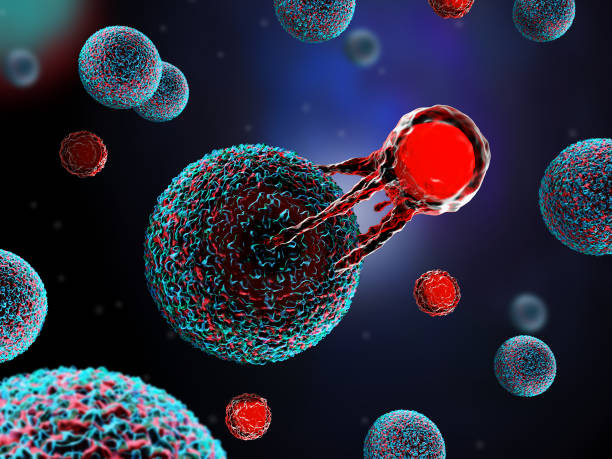
Challenges and Future Directions in Immunotherapy
- Response rate; One of the primary challenges is the variability in patient response—some tumors respond well to immunotherapy, while others remain resistant. Understanding the underlying reasons for this variability is a major focus of current research.
- Side effects;immunotherapy can have serious side effects, known as immune-related adverse events (irAEs), which result from the immune system attacking healthy tissues. Managing these side effects while preserving the therapy’s effectiveness is a delicate balancing act.
- Resistance to therapy;some tumors are inherently resistant to immunotherapy, known as primary resistance. They can also develop resistance over time often through genetic mutation or changes in the tumor microenvironment.
Future research focuses on developing biomarkers for more personalized treatment, targeting the tumor environment, overcoming resistance, and making these treatments more accessible and affordable.
Conclusion: The Path to Defeating Cancer
Cancer’s ability to evade the immune system is one of its most powerful weapons. However, with each discovery, we are learning how to unmask these defenses and develop treatments that can help the immune system to more effectively recognize and destroy cancer cells. The goal is to create therapies that not only treat cancer but ultimately defeat it.
While challenges remain, the potential for success is greater than ever. By understanding how cancer evades the immune system and developing innovative strategies to counteract these mechanisms, we are not just treating the disease—we are working towards a future where cancer can be defeated. The ongoing research and advancements in immunotherapy offer hope for a future where cancer is no longer a formidable enemy but a condition that can be effectively managed, treated, and potentially cured.
Further Readings
Kim R, Emi M, Tanabe K. Cancer immunoediting from immune surveillance to immune escape.
Topalian SL, Drake CG, Pardoll DM. Immune checkpoint blockade: a common denominator approach to cancer therapy.
Ribas A, Wolchok JD. Cancer immunotherapy using checkpoint blockade. Science. 2018 Mar 23;359(6382):1350-1355.
Schreiber RD, Old LJ, Smyth MJ. Cancer immunoediting: integrating immunity’s roles in cancer suppression and promotion.
Gajewski TF, Schreiber H, Fu YX. Innate and adaptive immune cells in the tumor microenvironment.

